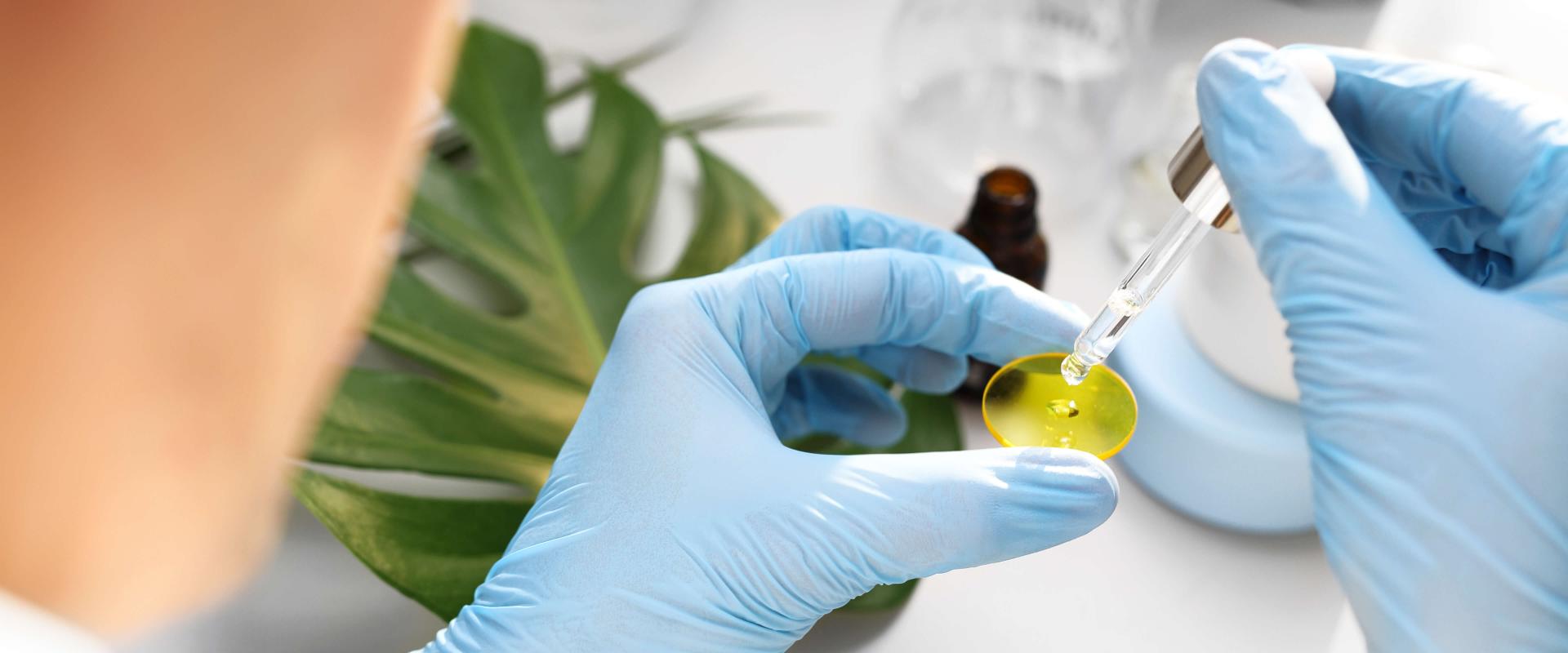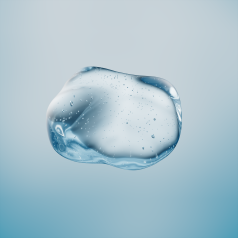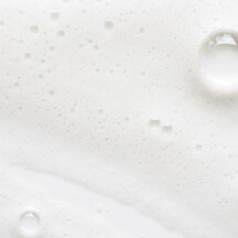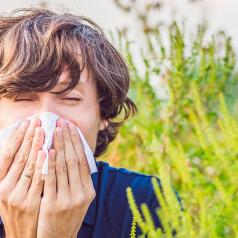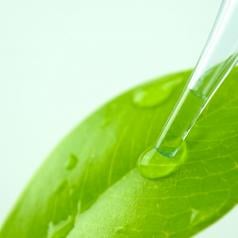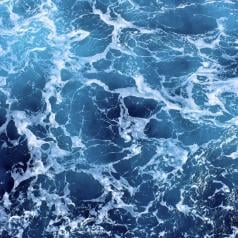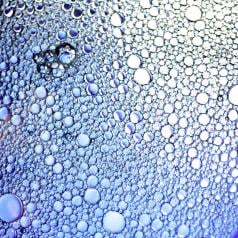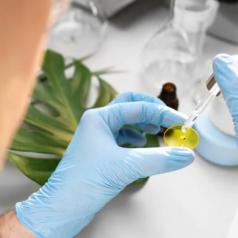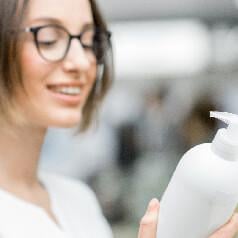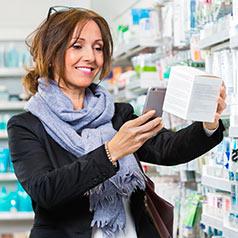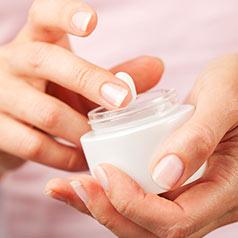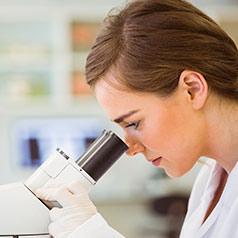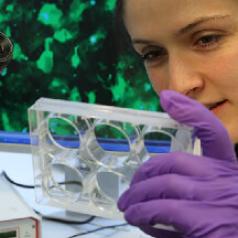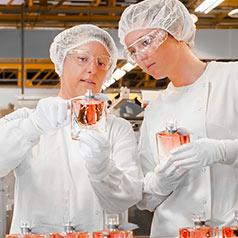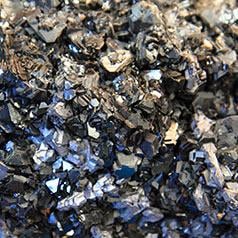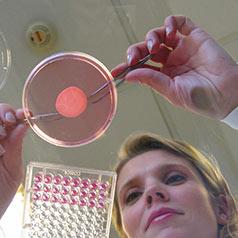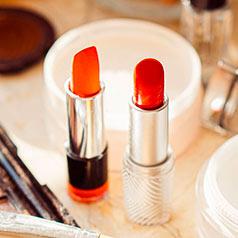The list of ingredients of cosmetic products is shown on the packaging. It informs consumers and helps them select a product that meets their expectations and needs. According to European regulations, ingredients are listed in descending order of concentration, when they are present in the product at a concentration greater than 1%, and in random order for concentrations of less than 1%. Sometimes, in addition to all these ingredients, some impurities may be unintentionally present in the formula of a cosmetic product in trace amounts, i.e. in infinitesimal quantities.
What is a trace amount of impurities or contaminants?
Impurities are minor constituents of a raw material and are often naturally present from the start. They are there in trace amounts (of the order of 0.01 percent, i.e. a few ppm - parts per million, or even less). For example, heavy metals naturally present in ingredients of mineral origin such as pigments or mineral fillers, such as clays from the Earth's crust, may be present in trace amounts. They are part of the raw material naturally. In the finished product, it is therefore not uncommon to find impurities from the raw materials of which it is composed.
Contaminants are traces of substances that have found their way into the product unintentionally and, again, in infinitesimal quantities. Unlike an impurity, contaminants are not naturally present in the raw materials that make up the product. They may be added due to a manufacturing process, through contact with a material or by chemical interactions that may generate traces of substances in the raw material or finished product. As a result, in the industrial environment, these manufacturing and storage steps are rigorously controlled according to quality control plans and comply with good manufacturing practices. Phthalates, for example, are well-known contaminants that are easily detected and evaluated without risk to the consumer at these minute quantities.
Is the presence of traces regulated?
Their presence is subject to various regulations in different countries. L’Oréal’s regulatory requirements exceed most local regulations in many countries.
The European Cosmetics Regulation (Articles 3 and 17) allows the unintentional presence of a small quantity of a trace when this presence is technically unavoidable in compliance with good manufacturing practice and, of course, when it has been evaluated without risk to the health of the consumer.

How to identify them and ensure that their presence is without risk to the consumer?
We make every effort to identify potential impurities and contaminants that may be present in trace amounts in our products in order to evaluate their presence and ensure that they pose absolutely no risk to the health of the consumer. To identify them, we take into account all sources of potential impurities at the most state of the art and scientific knowledge in this field, which is changing rapidly.
Therefore, thanks to our expertise, we develop methods of analysis that enable us to detect an infinitesimal quantity of a trace in a product. This is a real challenge because traces are sometimes found in quantities below 1 ppm, or even in the ultra-trace range in ppb (part per billion). Analysing 1 ppm of a substance in a product is like looking for 2 people among all the inhabitants of Paris! This is a challenge that our 160 analysis experts are ready to take on. We have analysis laboratories in France and abroad equipped with the most high-performance equipment on the market and we ensure that we are always at the forefront in a market that is constantly evolving technologically.
Consumer safety is our absolute priority. Safety evaluation of all our finished products takes into account the composition of all our raw materials, the possible presence of impurities and also the risks of contaminants during product development and manufacturing. They are considered in the same way as raw materials at the safety evaluation stage of the ingredients and our finished products.

